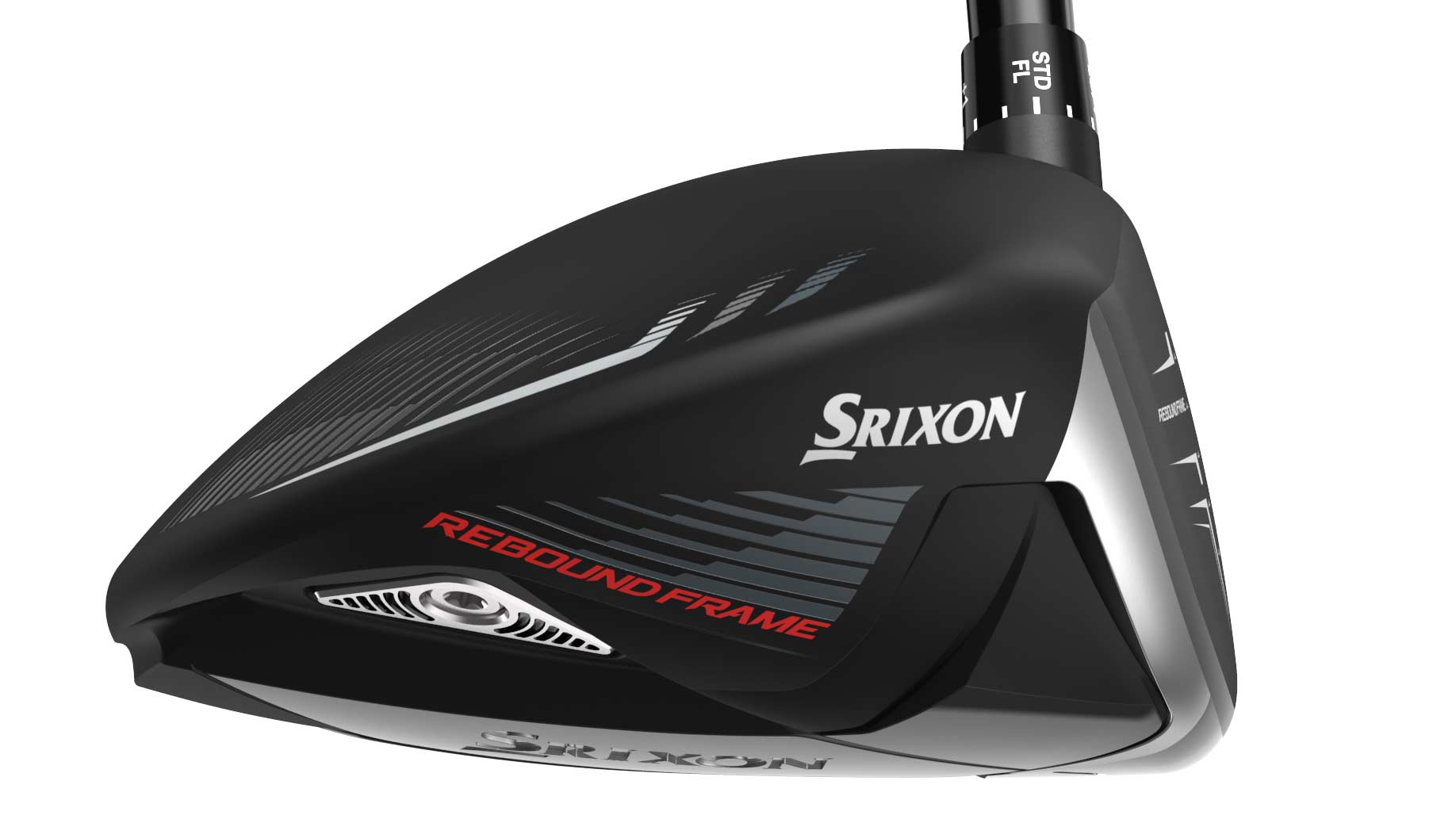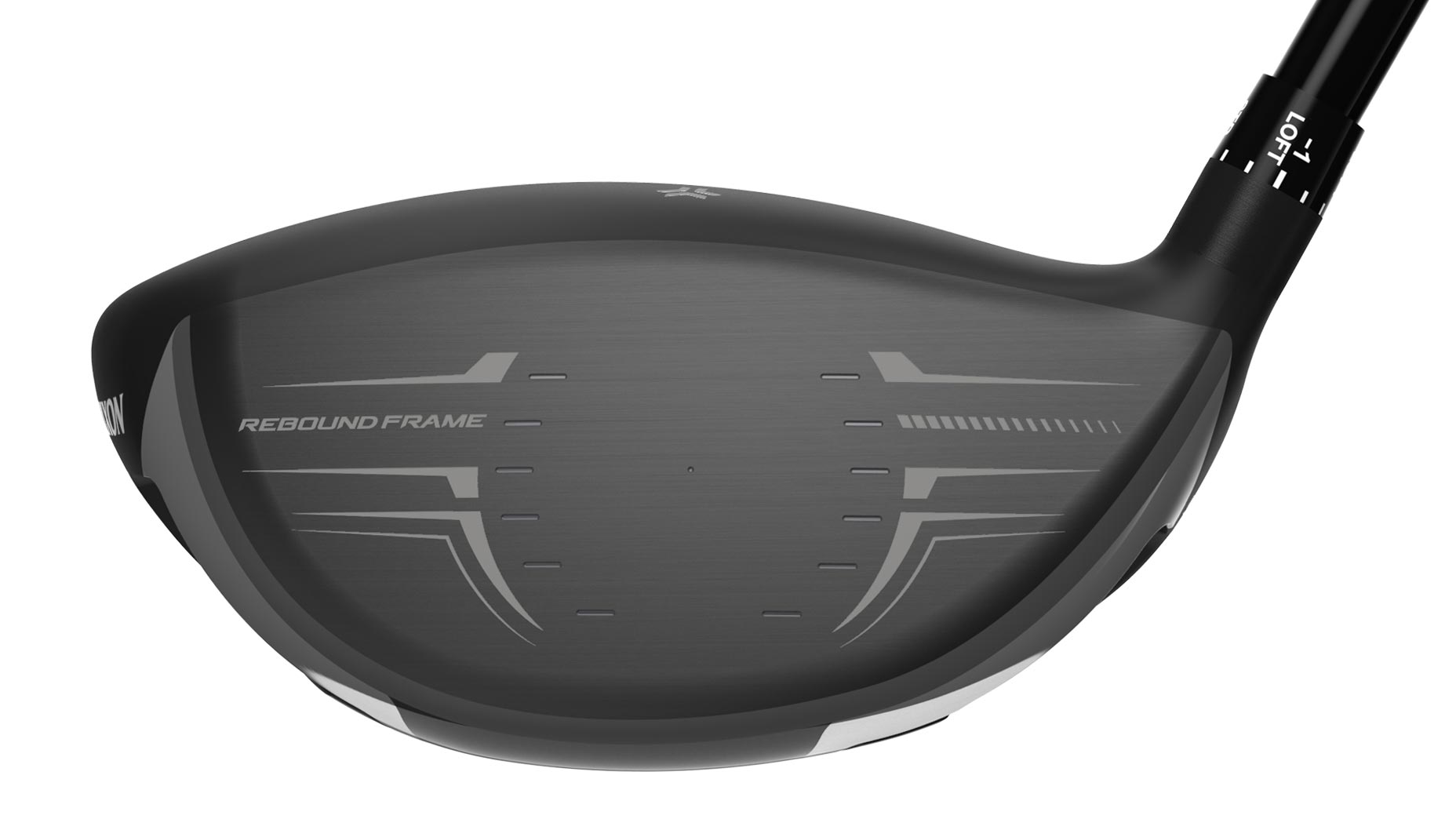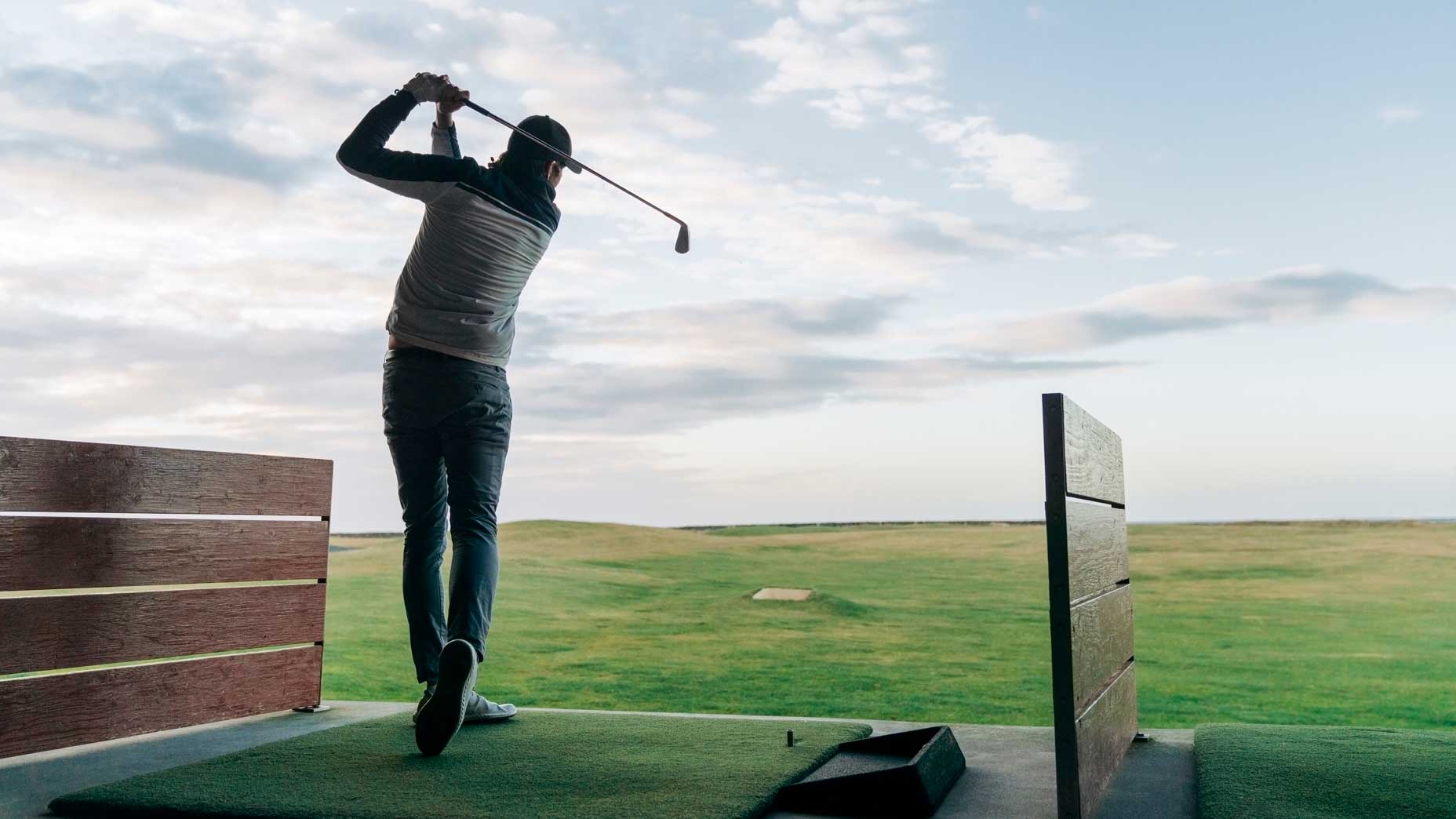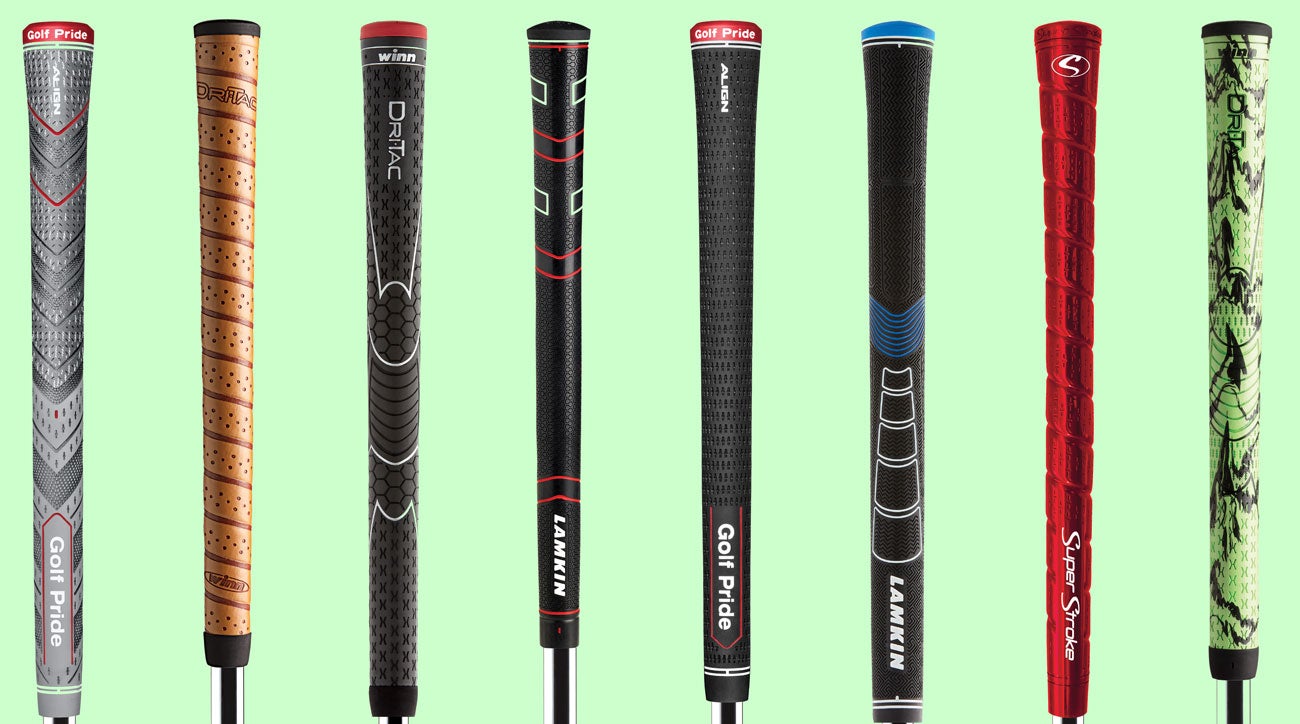Welcome to Gear Questions You’re Afraid to Ask, a GOLF.com series produced in partnership with Cleveland/Srixon Golf. This week we discuss the lasting effects hitting range balls might have on your golf clubs.
Can I damage my golf clubs from hitting too many range balls? – Don N., California
Good one, Don. We like what this question infers, which is that you’re practicing and hitting balls on a regular basis. Visiting the driving range is something everyone should be doing to keep the swing tight and your fundamentals in check during the off-season. Good to hear you’re sticking with it.
Your question is also an interesting one because it yields more than one answer. The overarching response is to say yes—the more golf balls you hit, the more wear and tear your clubs will endure. But that’s not a complete answer, especially as it relates to the different clubs in your bag and the kind of wear or damage your clubs might endure.
To make matters easy, let’s break things down one groove at a time:
Your driver is more durable than you think
It’s safe to assume that every new driver made by every major OEM has endured rigorous testing for strength and durability that supersedes the kind of abuse you or any driving range balls can dish out. And unless you regularly miss way out towards the toe, heel or top edge of the clubface, your driver will likely hold up to thousands of good strikes. It’s the big misses that can stress the hosel, shaft, clubface and even the frame of the clubhead—but even still, breaks as a result of hitting balls are somewhat rare. Most of the time when a club breaks it’s because it might have sustained damage somewhere else, like in your bag in the trunk of the car or when your bag is straddled too loosely on the back of a cart.






Srixon ZX5 MKII and ZX7 MK II
Range balls aren’t rocks like people think they are
The common misconception is that range balls are rock-hard with high compression ratings. And while range balls do have hard outer shells, many range balls have a relatively soft compression to keep the ball from flying too far. Again, this is another reason it’s likely your driver (and your woods and hybrids) will likely endure strike after strike with range balls without any damage. Range balls may feel firm and the thick cover may seem dense, but at impact, they’re often a little mushy.
Range balls will wear out the grooves on short irons and wedges
This one is definitely true because range balls have hard, thick covers (to keep them lasting a long time.) For example, if you’re prone to hitting only your 7-iron when you hit balls, you’ll wear out that iron’s grooves much faster than you will the remaining irons in your bag. How fast and how much wear you’ll endure is hard to say, but if you play forged irons (which are softer than cast clubs) you should most certainly practice with all your irons to prevent having one or two irons with worn-out grooves. Same story with your wedges. Hitting a bucket of balls with your sand wedge might help your swing, but the hardcovers and deep paint jobs on most range balls will eventually dull out your grooves.




Cleveland RTX 6 ZipCore
It’s the sand that’ll do the most damage
We’ll get to hitting off mats in a second, but most turf driving ranges are heavily sanded to keep grass growing as fast as possible. If you’re hitting range balls that come out of the ball machine wet and are covered with sand granules once they touch the ground—beware. Always clean the ball and your clubface before you hit because the sand will scratch the daylights out of your clubs if you don’t.
Range mats can mess with your lofts and lie angles
Hitting balls off range mats (especially the firm ones and not the ones with a long bristle section) is akin to pounding your club against a lightly padded concrete wall. The more you do it, the more you can bend something be it the shaft, hosel or even the clubface. If you hit more than a bucket of balls every other day off range mats—you should have your clubs checked every season to ensure your lofts and lies are set up how they should be. And a word of wisdom—if you’re hitting a lot of balls off mats, you’re probably not doing yourself any favors. Mats yield totally different distances, spin rates, and trajectories than you’ll get from hitting off the grass.
The biggest mistake amateur golfers make on the range, according to Top 100 TeachersBy: Zephyr Melton
Don’t beat yourself up
The moral of the story is actually this. Hitting range balls on a regular basis is a good thing, and if you hit one or two buckets of balls a few times every week your clubs will probably hold up for many seasons. But if you hit more than that, we suspect the real victim from hitting tons of balls might be you, not your clubs. For example, we’ve spent countless hours on the practice tee watching tour pros hit balls. And while some might be notorious for banging hundreds of balls in a given range session, most players we’ve watched are very intentional about every ball they hit. It’s not uncommon to see 75-80 range balls last hours with players making several practice swings between every hit.
Maybe next time you practice, consider how many range balls you really need to hit and focus more on the quality of your practice strikes as opposed to the quantity. Your clubs, swing, and frankly your body and mind will thank you.
Want to overhaul your bag for 2023? Find a fitting location near you at GOLF’s affiliate company True Spec Golf. For more on the latest gear news and information, check out our latest Fully Equipped podcast below!











